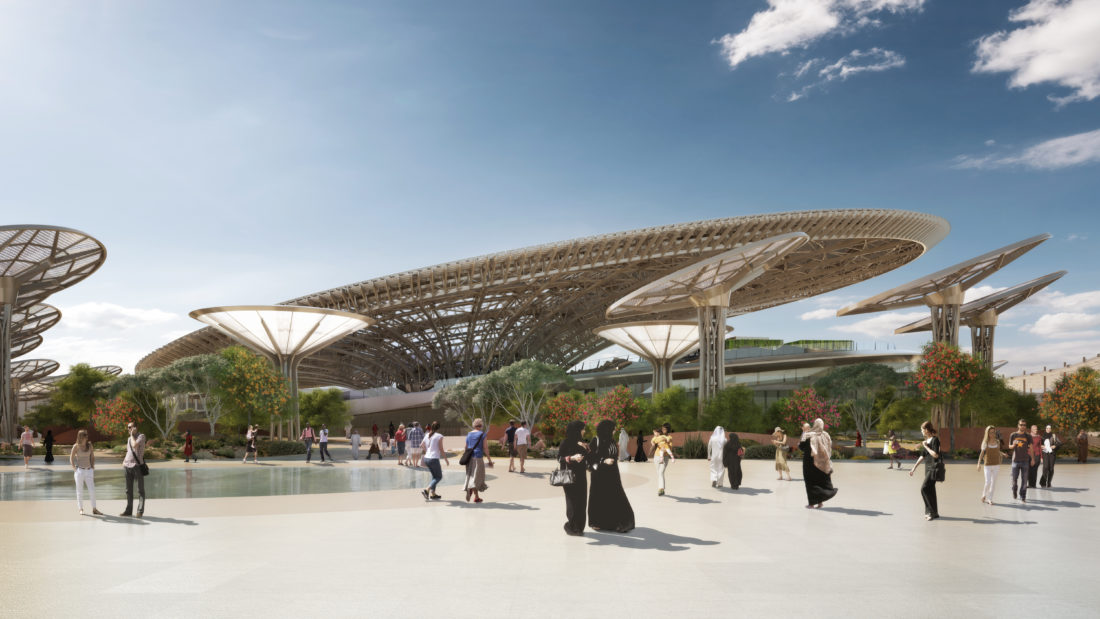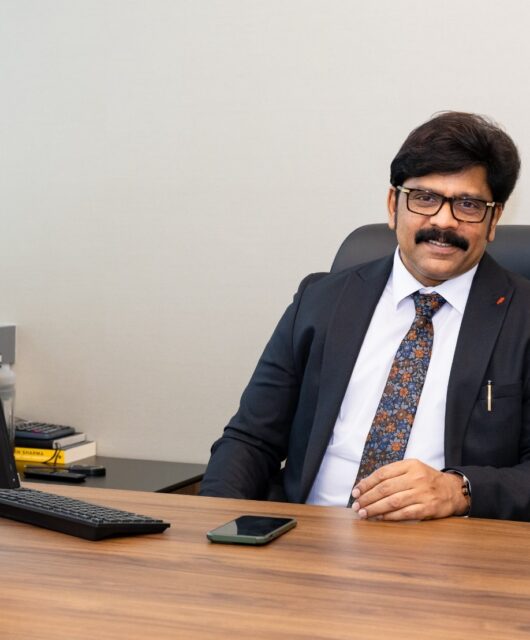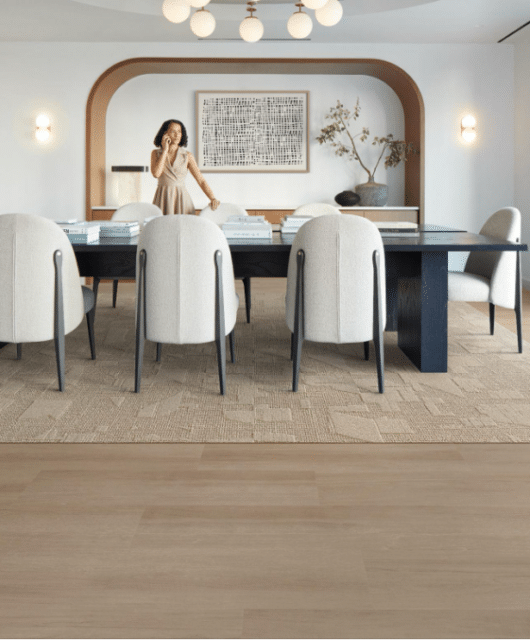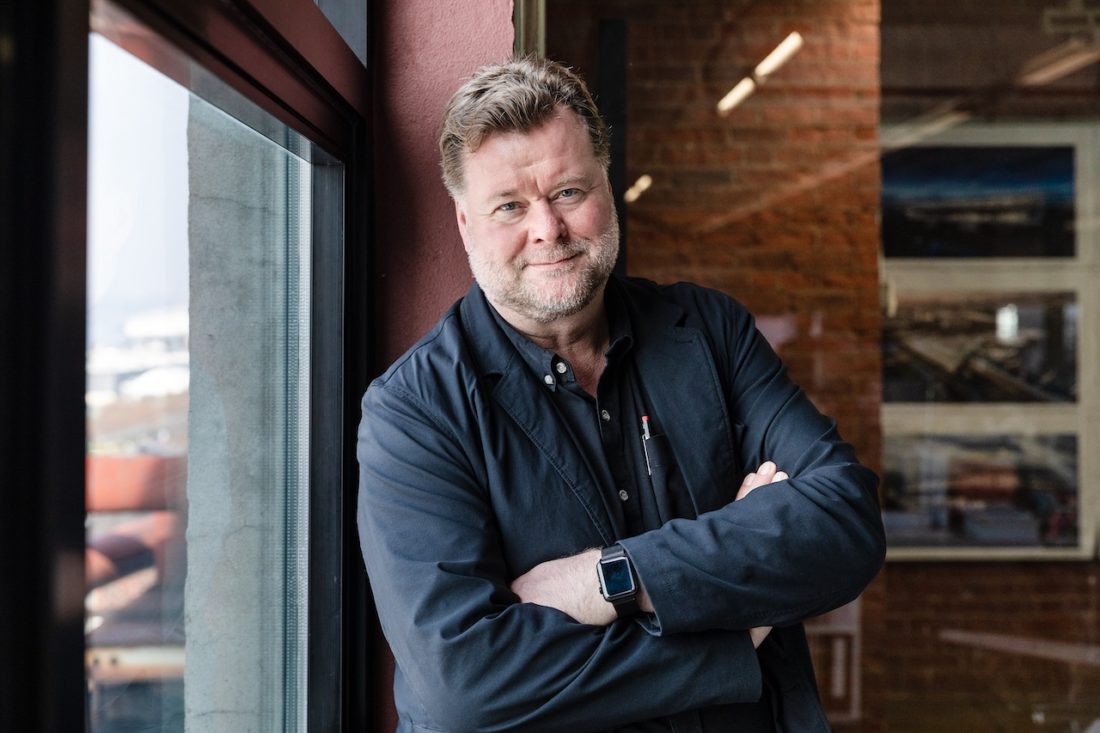 Andrew Whalley, chairman/partner at Grimshaw Architects, talks about the Sustainability Pavilion at Expo 2020, and initiatives used to minimise energy and water consumption
Andrew Whalley, chairman/partner at Grimshaw Architects, talks about the Sustainability Pavilion at Expo 2020, and initiatives used to minimise energy and water consumption
Tell us more about the Terra— The Sustainability Pavilion in terms of concept and design highlights?
When we were approached by Expo 2020, we immediately understood the challenges that we would face designing a truly net-zero building in such challenging climates. We saw an opportunity to not only achieve a net-zero building for Expo 2020, but also to create a shining example of intelligent strategies and possibilities for sustainable living for generations to come. Such a bold mission required resolute architectural choices. We drew on the region’s rich bio-diversity and the striking ways in which nature has adapted to harsh climates – such as the large canopy, inspired by the ghaf tree, that shades the building and draws in natural breezes. Much of the occupied spaces are below the ground, protected by the landscape above. The pavilion is surrounded by Energy Trees that offer shade to the landscape gardens. Like sunflowers, each Energy Tree tracks the path of the sun to generate as much power as possible. In the landscape, plants have been sourced from the region, to demonstrate that a lush and beautiful landscape can be created with minimum irrigation and new crops that can contribute to the future food security of the region.
What can the visitors expect and experience from this?
Utilising awe-inspiring architecture, meaningful and impactful exhibitions, and a strong message of opportunity and possibility, we sought to create a holistic experience that is both exhilarating and informative. We feel with confidence that the building will deliver an innovative and exciting message of hope about the natural world when we greet our first visitors.
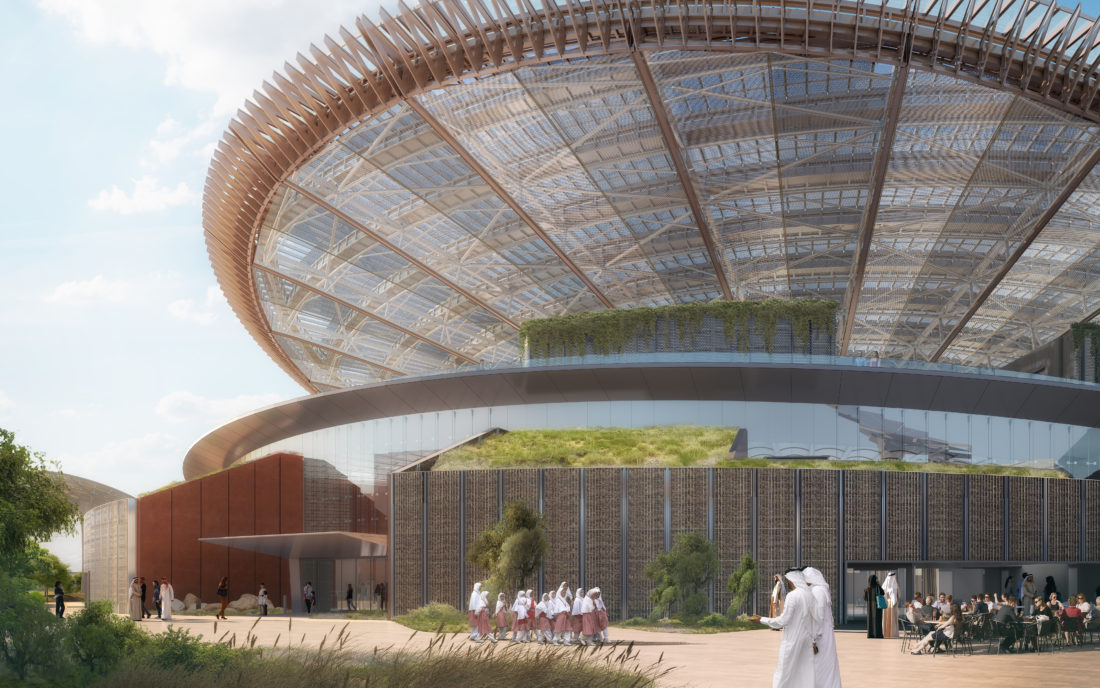 What are the sustainable elements/ initiatives used for this project?
What are the sustainable elements/ initiatives used for this project?
Every aspect of the Sustainability Pavilion has been designed considering methods to minimise energy and water use and to highlight the connections between energy, water and food. This is reflected in the exposed infrastructure of the building, informing visitors of the integrated systems, which enable the pavilion to meet the aspirational net-zero water and energy goals. Drawing inspiration from complex natural and initiatives used to minimise energy and water consumption Sustainability first and foremost processes such as photosynthesis, the dynamic form of the pavilion is in service to its function, capturing energy from sunlight and freshwater from humid air. The pavilion will achieve net-zero water using water-reduction strategies, water recycling and alternative water sources, such as atmospheric water harvesting through the unique dew-harvesting Water Tree.
What do you feel is the greatest challenge when it comes to designing for environmental sustainability?
There is always something more that can be done for sustainability, whether that’s utilising a new process or material or even a new way of thinking. The nature of construction schedules and project timelines means that at some point we have to put our pencils down, knowing that next week there might be another technology or idea that would be a great leap forward for our design. It can be difficult to accept that we can’t always include everything.
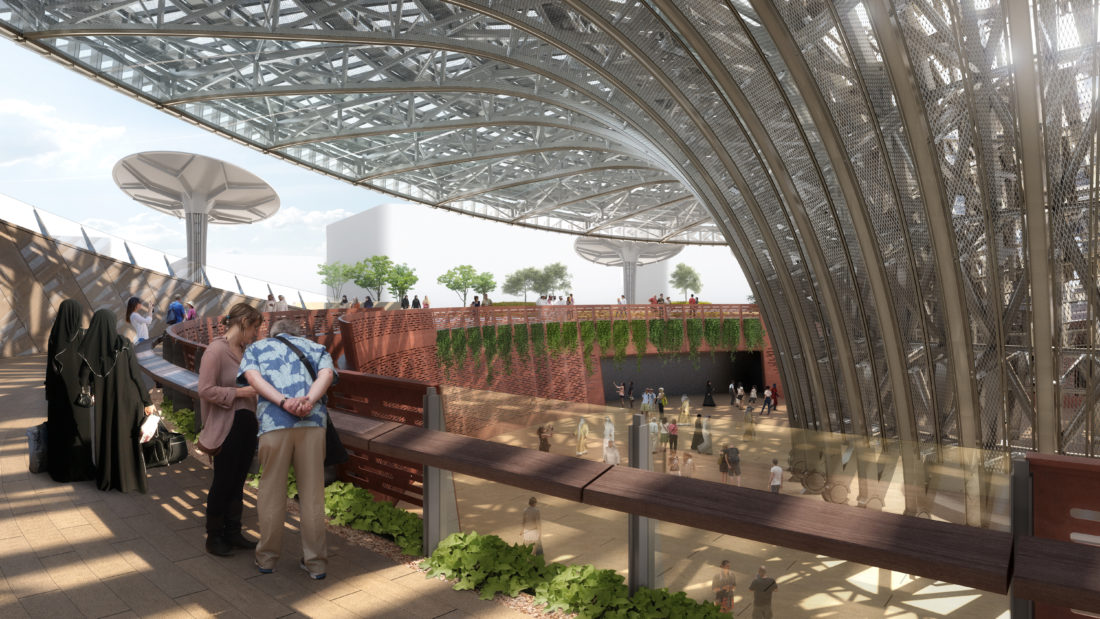 How do you see the UAE as a huge supporter of sustainability?
How do you see the UAE as a huge supporter of sustainability?
We have been fortunate to work with such a generous and ambitious client as Expo 2020. They have fully supported us throughout this journey, showing to the world that the UAE is paving the way for ingenious strategies and cutting-edge technologies for harnessing the earth’s fragile resources at this critical moment in history. Are you optimistic about the power of architects to shape sustainable cities? The United Nations has delivered increasingly dire warnings about our fragile planet. For architects, a performative design approach that searches for optimised building solutions is the critical and only way forward, and this must be our ‘moonshot’ moment. It’s only by being creative that we will come up with imaginative and ingenious ideas that we’ll need to solve many of the world’s problems we all share.
What happens to the pavilion after Expo 2020?
More than 80% of the permanent construction for Expo 2020, will be retained for legacy development in Dubai, including the Sustainability Pavilion, which will live on as a Children and Science Centre to help support education and understanding of sustainable living strategies for years after Expo 2020, comes to an end. The pavilion is designed to perpetuate beyond the life of Expo 2020 is, in and of itself, a sustainable strategy.

